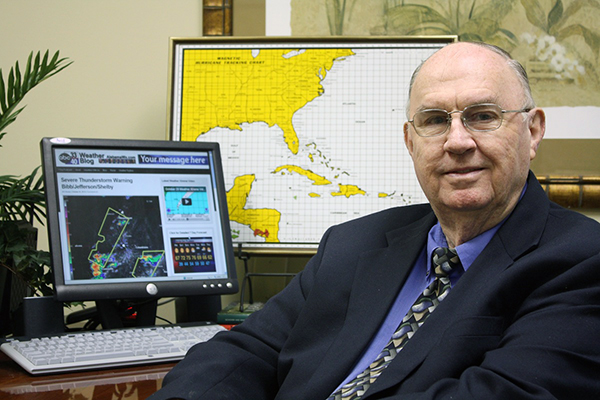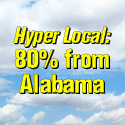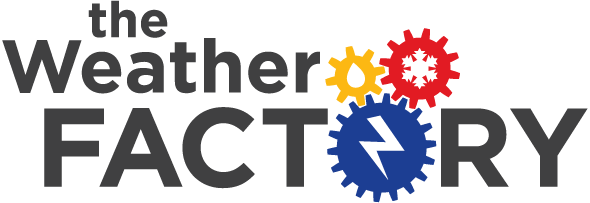El Nino News
Here is the latest El Nino Advisory from NOAA’s National Centers for Environmental Prediction:
During October 2009, sea surface temperature (SST) anomalies increased across the central and eastern equatorial Pacific Ocean (Fig. 1 & Fig. 2). The Niño-3.4 index increased nearly a degree with the most recent weekly value at +1.5oC (Fig. 2). Above-average subsurface temperature anomalies increased across a large region of the central and east-central Pacific, with anomalies ranging between +1 to +5oC by the end of the month (Fig. 3). Consistent with this warming, subsurface oceanic heat content anomalies (average departures in the upper 300m of the ocean, Fig. 4) also increased during the month. In addition, low-level westerly and upper-level easterly wind anomalies strengthened over much of the equatorial Pacific. The pattern of tropical convection also remained consistent with El Niño, with enhanced convection over the west-central Pacific and suppressed convection over Indonesia. Collectively, these oceanic and atmospheric anomalies reflect a strengthening El Niño.
There continues to be disagreement among the models on the eventual strength of El Niño, but the majority indicate that the three-month average Niño-3.4 SST index value will range between +1.0oC and +1.5oC during the Northern Hemisphere winter (Fig. 5). Consistent with the historical evolution of El Niño, a peak in SST anomalies is expected sometime during November-January. At this time, there is a high degree of uncertainty over how long this event will persist. Most of the models suggest that this event will last through March-May 2010, although the most likely outcome is that El Niño will peak at least at moderate strength (3-month Niño-3.4 SST index of +1.0oC or greater) and last through at least the Northern Hemisphere winter 2009-10.
Expected El Niño impacts during November 2009-January 2010 include enhanced precipitation over the central tropical Pacific Ocean and a continuation of drier-than-average conditions over Indonesia. For the contiguous United States, potential impacts include above-average precipitation for Florida, central and eastern Texas, and California, with below-average precipitation for parts of the Pacific Northwest. Above-average temperatures and below-average snowfall is most likely for the Northern Rockies, Northern Plains, and Upper Midwest, while below-average temperatures are expected for the southeastern states.
Follow my daily weather history tweets on Twitter @wxhistorian.
Category: Pre-November 2010 Posts















